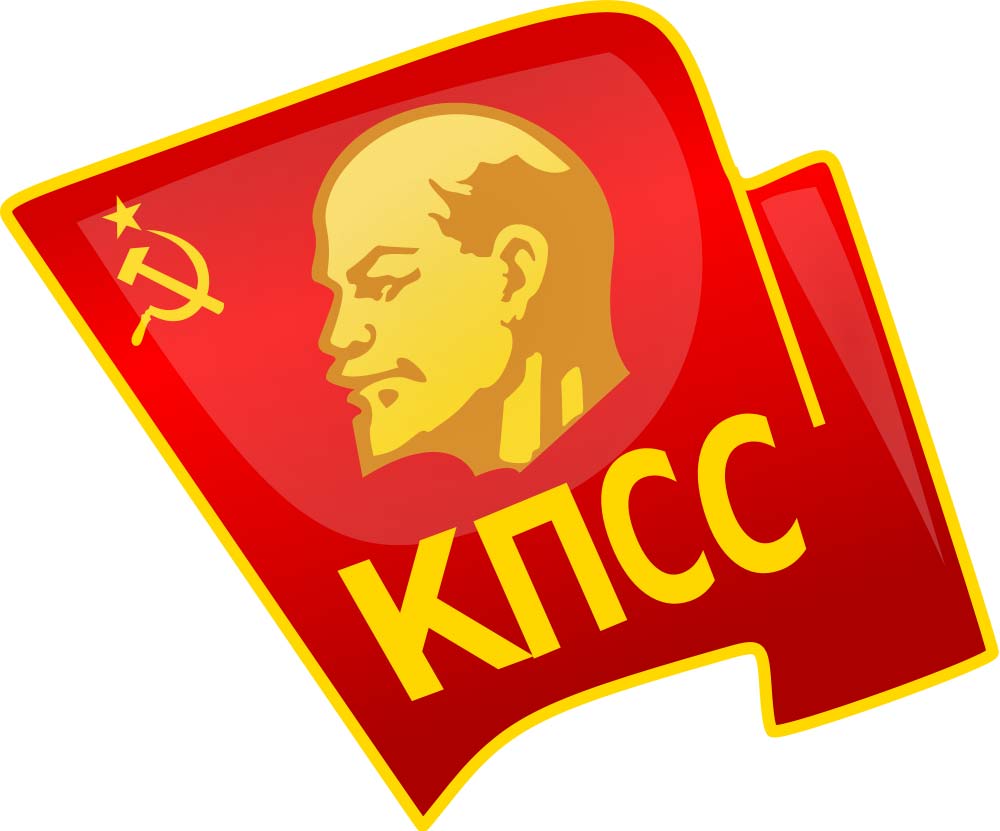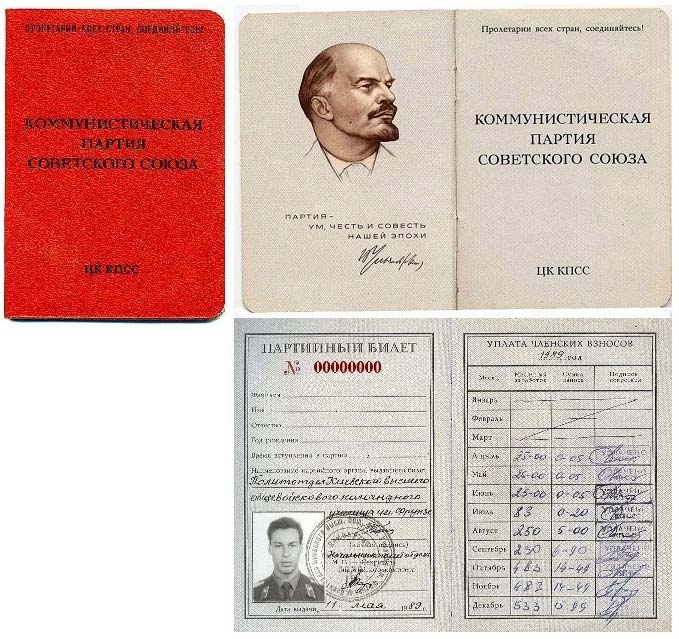 The Communist Party of the Soviet Union had its origins as a breakaway group, led by the Bolsheviks, from the Russian Social Democratic Labor Party (RSDLP). There is no definitive date as to when the party was actually formed, since no meeting of inception ever took place, but historians generally agree that the Communist Party became a separate entity in 1912.
The Communist Party of the Soviet Union had its origins as a breakaway group, led by the Bolsheviks, from the Russian Social Democratic Labor Party (RSDLP). There is no definitive date as to when the party was actually formed, since no meeting of inception ever took place, but historians generally agree that the Communist Party became a separate entity in 1912.
Background
There was discontent in the RSDLP, particularly among the Bolsheviks, with the leadership of the party. The Bolsheviks organized a meeting of several different factions of the RSDLP in January 1912. The Mensheviks were not invited to attend the meeting.
Following the meeting, an announcement was made that the party now had a new Central Committee, which included Stalin and Lenin, who were in exile, and that the Mensheviks had been expelled from the party. The Mensheviks refused to recognize the legitimacy of the meeting, and continued to call themselves the RSDLP. This prompted the Bolsheviks to rename their section of the party the RSDLP(b).
While the Bolsheviks preached revolutionary politics and demanded workers’ rights, they continued to serve in the elected parliament, and initially sought to achieve their goals through political influence.
World War I
 The Russian Tsarist government took Russia into the war, but the RSDLP(b) were against Russian participation, condemning Russia’s role as that of an imperialist nation. The RSDLP(b) also condemned fellow socialist parties in other countries who backed their countries’ participation in the war.
The Russian Tsarist government took Russia into the war, but the RSDLP(b) were against Russian participation, condemning Russia’s role as that of an imperialist nation. The RSDLP(b) also condemned fellow socialist parties in other countries who backed their countries’ participation in the war.
Lenin was actively involved in setting up an armed force to counter the Tsarists in a Russian civil war. He also pursued the goal of forming a united socialist campaign against the war by trying to convince socialists in other European countries to join an alliance.
The Tsarist government responded to the growing Bolshevik campaign by arresting several leading Bolshevik members of the RSDLP(b) and imprisoning them in Siberia. The Bolshevik campaign continued, and they managed to establish several anti-war cadres within the Russian armed forces. The result was a growing number of military units who refused orders to launch offensives.
Russian Revolution 1917
While the World War was still being fought, and Russia was in dire economic straits because of its involvement in it, the Bolsheviks called for a general strike in January 1917. The party found considerable support, and strikes took place throughout Russia, adding further to economic woes.
Strikers took part in massive protest demonstrations in major Russian cities, and the government sent in police and soldiers to break up some of these. The protests then became more violent.
Within two months, what had started as peaceful protests now turned into armed clashes between protesters and police. Sections of the army began to support the strikers, and all out rebellion grew rapidly, as more and more soldiers joined the protesters.
Before the end of March, the rebels were sufficiently powerful to be able to arrest government ministers. The government had already been weakened by a split within its own ranks. Liberal politicians had formed a provisional government under Prince Lvov and no longer recognized the power of the Tsar. However, the Bolsheviks considered the new provisional government was just as imperialist as the one it replaced.
Lenin returned to Russia from exile in April 1917, and put forward his plans for a change from a capitalist, imperial state to a socialist state. He also wanted to replace the words “Social Democrat” in the RSDLP(b) name with “Communist.”
The RSDLP(b) convened a council openly in April, where the new principles and goals of the party were formulated. The main focus would be to transfer power from the elite, the bourgeoisie, to the common people, the proletariat. The government increased its campaign against the Bolsheviks.
Petrograd
The rebellion properly began in Petrograd, a city which had shown support to the Bolsheviks right from the start of the anti-Tsarist campaign. The government ordered the shutdown of the Bolshevik “Worker’s Path” newspaper, and sent armed forces to its headquarters and its printing facility.
Stalin ordered the militant Red Guards to defend the premises against the government forces, and the guards succeeded in repelling the government attack. The paper immediately called for the overthrow by force of the provisional government. Bolsheviks then went on to take strategic assets in the city, and soon gained control.
News of the success of the Bolsheviks in Petrograd spread quickly, and even more units of the regular forces joined the rebels. By the end of 1917, the Bolsheviks had de facto control of Russia.
Peace with Germany
The Bolsheviks realized that their dream of a new Russian socialist republic could not be pursued as long as Russia was still involved in the World War, and negotiations began to bring about a peace treaty.
The terms of the treaty were unfavorable to Russia and involved the ceding of large territories to German control, and agreement to pay reparations. This was highly unpopular with a large section of the RSDLP(b), and led to calls by Lenin and Stalin to defend the Soviet fatherland.
End of World War I
When Germany was finally defeated, the RSDLP(b) turned its attention to installing a new regime in Russia. The party’s power increased, and it quickly began to take action against those who opposed it. Free speech was no longer permitted, and opposition parties were banned.
Stalin became General Secretary of the party, which was now increasingly being described as the Communist Party, in 1922. Lenin’s health, and consequently his influence, had begun to deteriorate, and he was left bedridden following a stroke. Stalin began to assume more and more power and gradually became a dictator.
As his powers increased, he began to employ ruthless tactics to suppress any opposition to his leadership. This included murder, imprisonment without trial, and banishment to work camps.
Every aspect of daily life was controlled by the regime. Stalin established a network of paid informants to denounce their neighbors if they saw any evidence of opposition to the regime. This was the blueprint that successive Communist leaders were to follow after Stalin’s death in 1953.
Gorbachev
Stalin’s successors had persisted with state intervention in everything, even though it was clear such a policy was failing. Russia, which was now the dominant part of the USSR, had seen its international influence waning, and the country stumbled on from one economic crisis to the next.
The change to a more modern society was sudden and unexpected. When Mikael Gorbachev became general secretary, he immediately set about dismantling the Communist state, introducing his polices of reconstruction and openness. He survived a coup attempt when millions took to the street in support of his policies. While the Communist party still existed, its influence was completely destroyed.